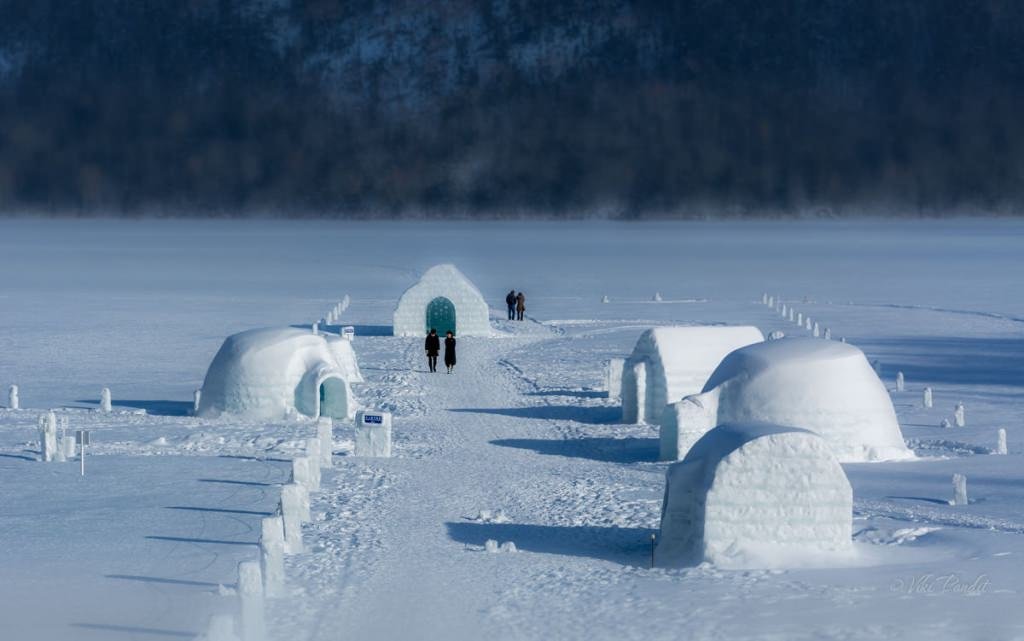
The Igloo Village of Shikaribetsu
We ride to Lake Shikaribetsu, the highest lake in Hokkaido to visit a phantom village. Hidden deep in the mountains, the “Lake of the Sky,” as named by the Ainu, makes for a very serene and peaceful experience. The village exists only during the winter months and disappears with the onset of spring.